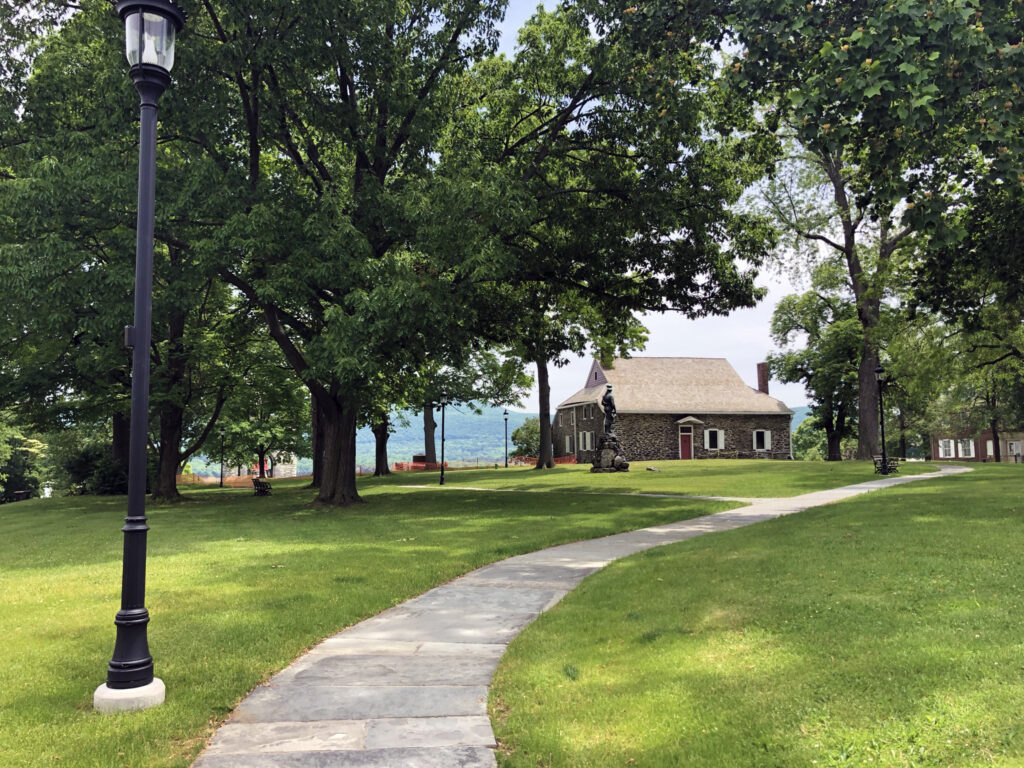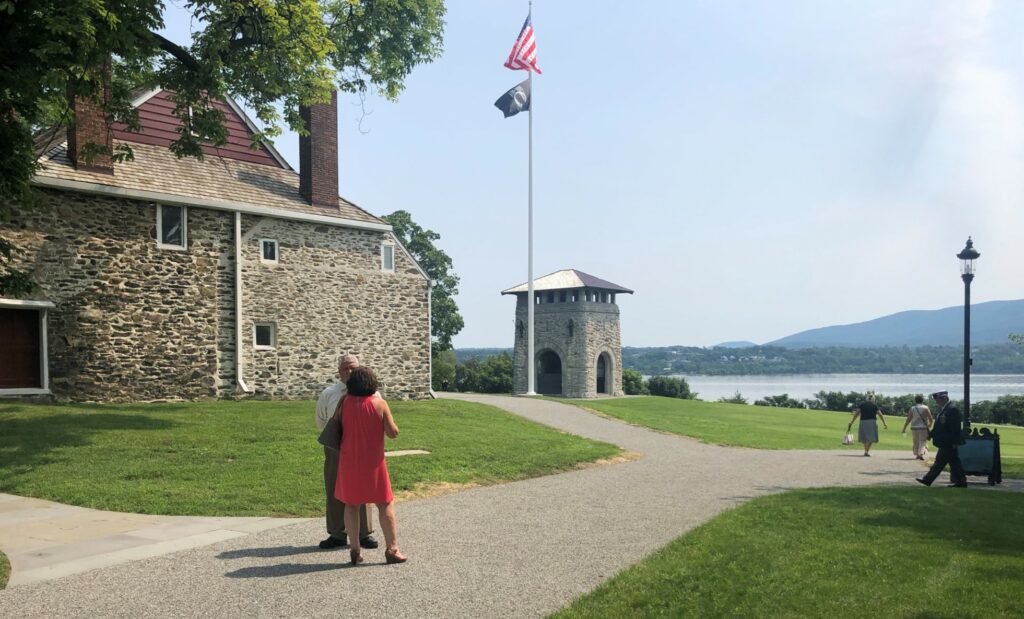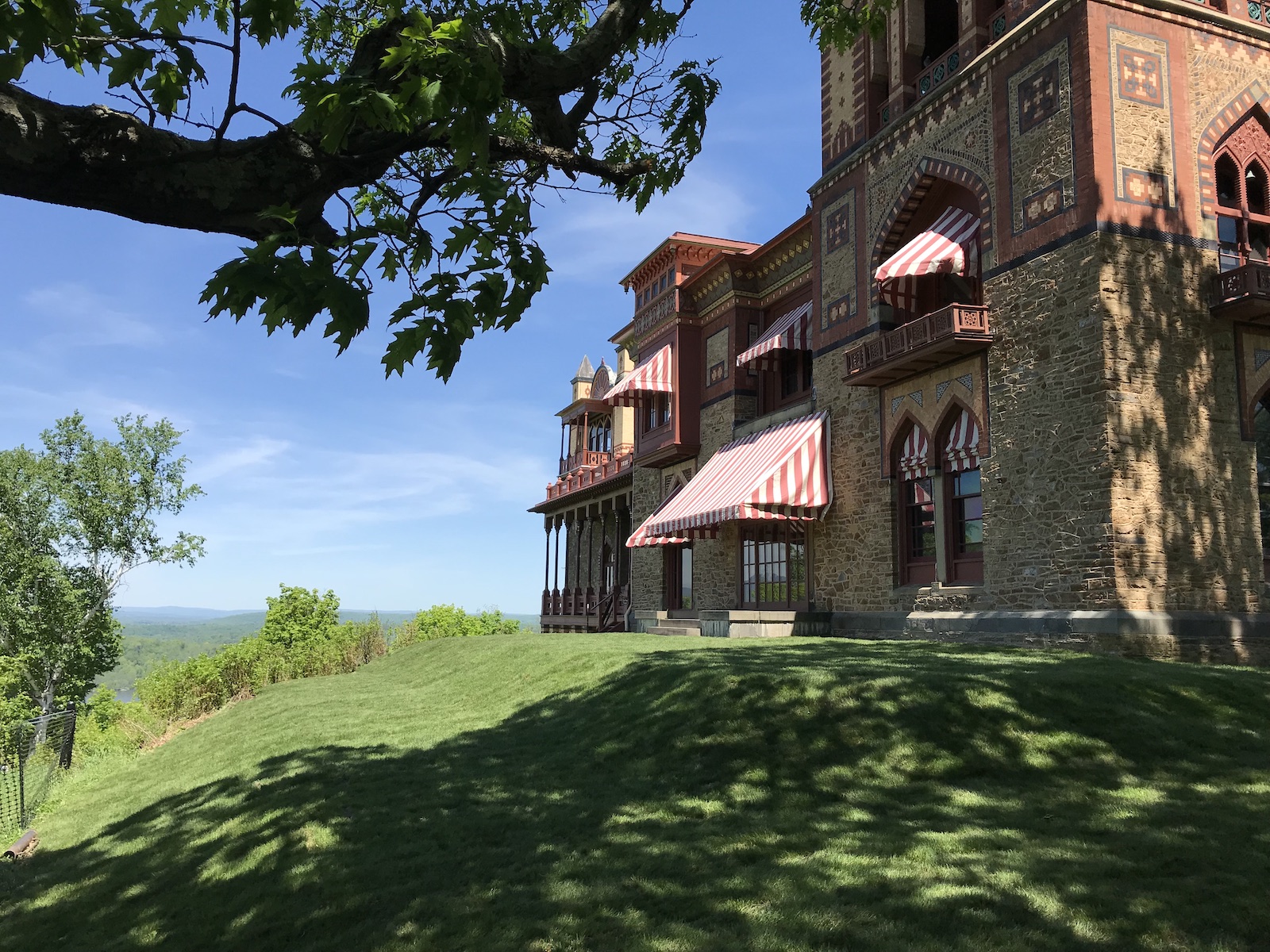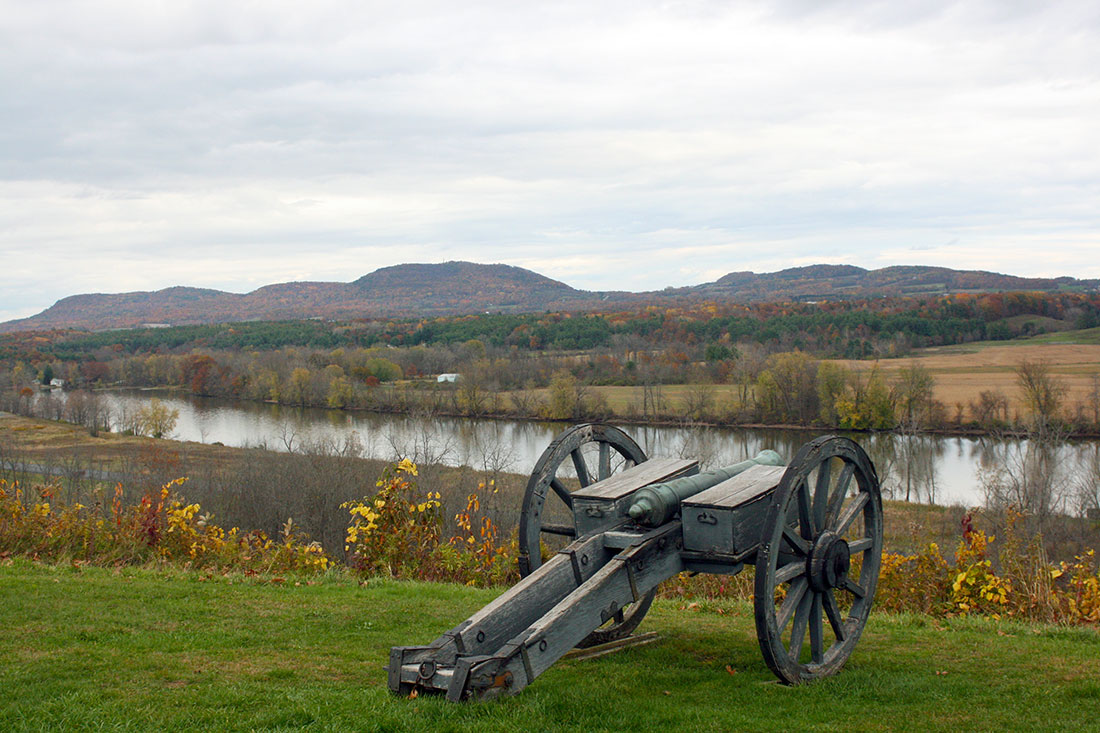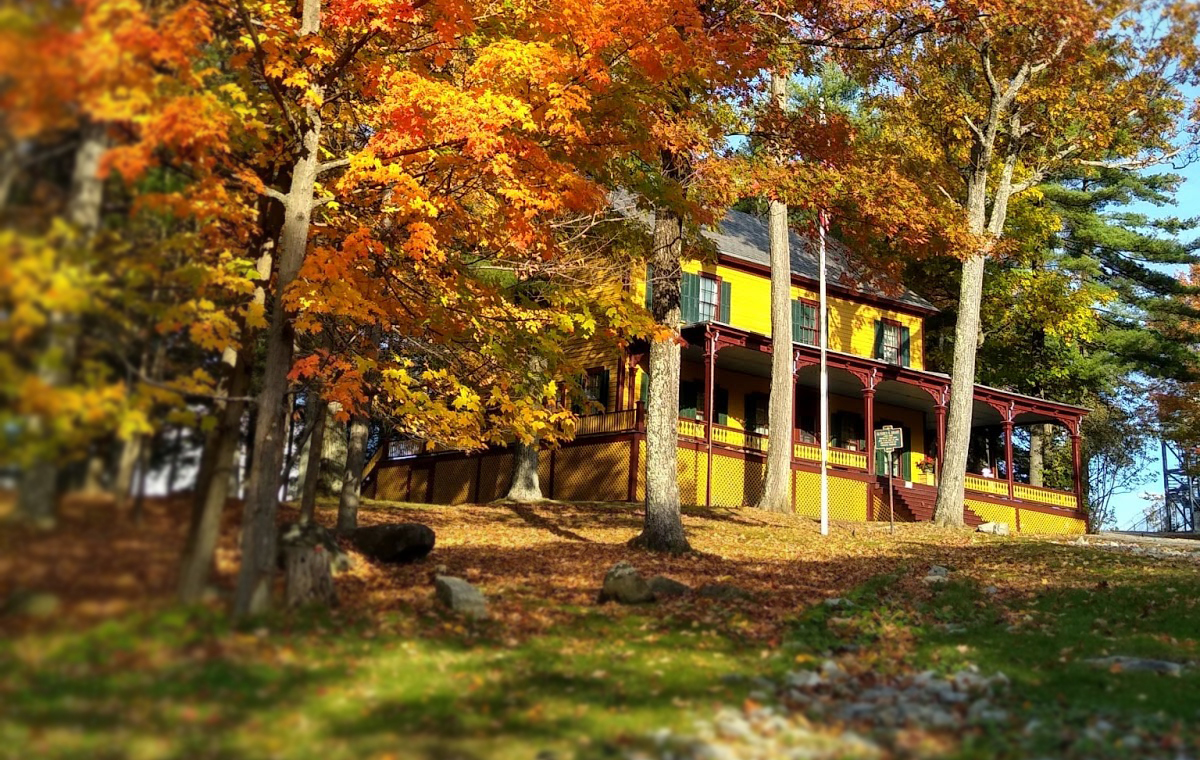Washington’s Headquarters State Historic Site Pathway and Site Improvements
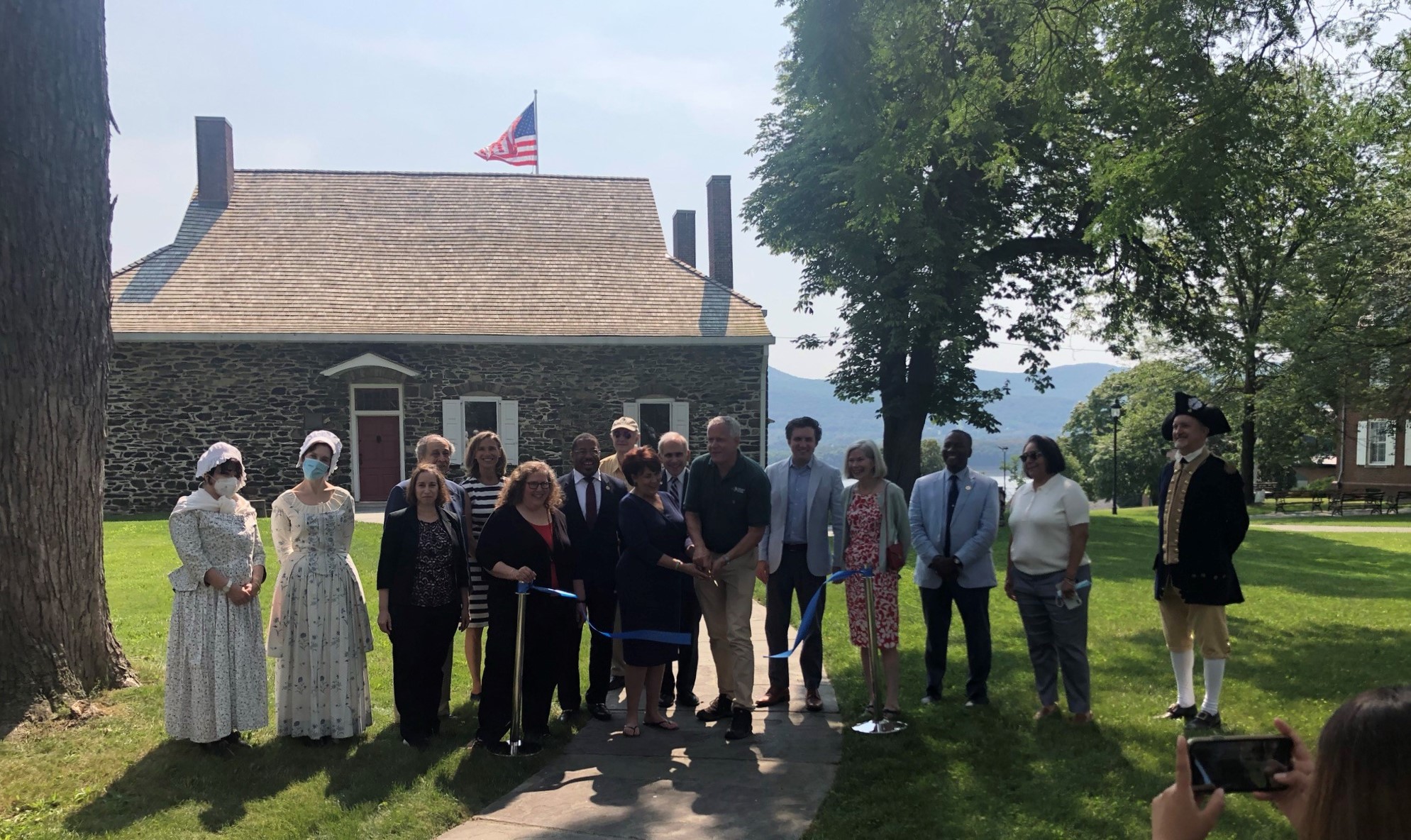
- Client
- NYS Office of Parks Recreation and Historic Preservation
- Location
- Newburgh, NY
- Service
- Landscape Architecture, Site Civil Engineering
- Market
- Government
Project Overview
Acquired and opened by the State of New York in 1850, Washington’s Headquarters State Historic Site is the first publicly owned and operated historic site in the nation, a National Landmark, and a contributing property within Newburgh’s 445-acre East End Historic District. From April 1782 to August 1783 General George Washington, Commander-In-Chief of the Continental Army, made his headquarters and residence at Jonathan and Tryntje Hasbrouck family’s fieldstone farmhouse in Newburgh. To commemorate the centennial celebration of Washington’s stay, the Tower of Victory monument was erected in 1890. The museum building was added to the property in 1910 to expand collections and archives.
The $1.8M improvement project consisted of the design of a continuous pedestrian pathway circulation system from the Museum, Hasbrouck House, and Tower of Victory; new and refurbished bluestone pathways; chip seal pavement pathways; a new accessible parking and drop-off area located adjacent to the Museum; a dedicated maintenance and emergency access route; stormwater rain garden; period appropriate decorative lighting; and various aesthetic improvements, including landscape plantings, a new decorative metal perimeter fence and access gates, and interpretive signage panels.
The new pathways were designed in compliance with the NYS Building Code, New York State Parks Statewide Trails Plan, and the Federal Accessibility Guidelines for Outdoor Developed Areas, providing full accessibility to all site elements and points of destination. The scope of work consisted of site analysis, schematic design alternatives, construction/bidding documents, cost estimating, and construction administration. The project was completed on schedule and on budget.
Project Highlights
- First publicly owned and operated historic site in the nation.
- National Landmark status.
- $1.8M improvement project.
- Accessible pathway system with refurbished historic bluestone pathways.
- Integration of new accessible vehicle parking and drop-off.
- New maintenance and emergency access route.
- Period appropriate lighting and site furnishings.
Challenges/Benefits
One of the primary challenges of the project was the integration of modern-day interventions into the context of the historic site, including the design of new accessible pathways providing key connections to all site destinations. Research on the history of the park revealed that a majority of the original pathways located within the park were removed by the mid-twentieth century. Based on this knowledge, the new accessible pathways were carefully designed and located within their historical context. In doing so, the resultant project provided a fully accessible site while also serving to restore the historic pathway circulation pattern.

